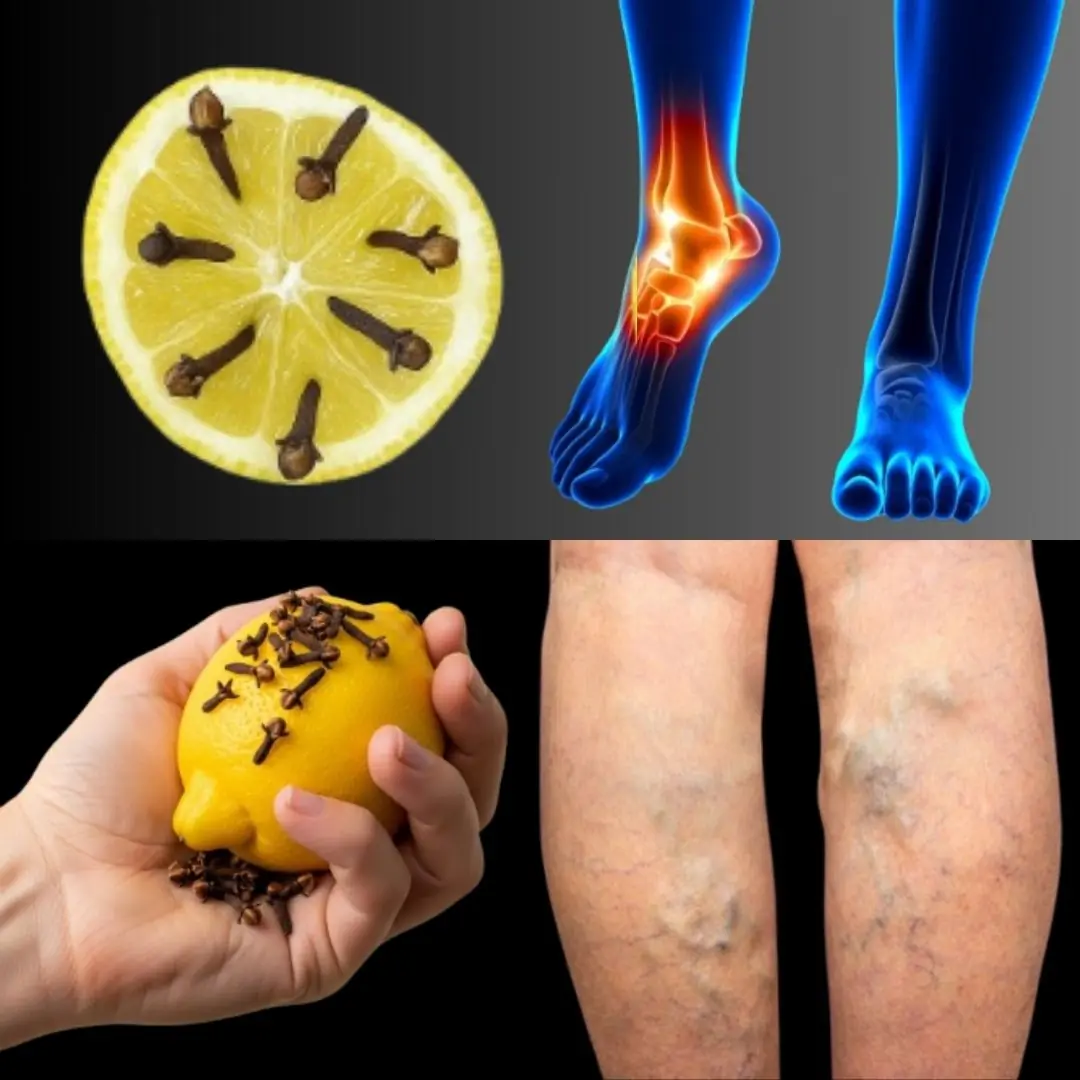
6 Foods to Prevent Leg Cramps in Seniors: Stronger, Healthier Muscles!
.jpg)
Leg cramps can hit at any time—especially during the night when you're trying to rest. These painful, involuntary muscle contractions are not only uncomfortable but can also interrupt your sleep and make daily activities more challenging. For older adults, leg cramps tend to happen more frequently due to age-related changes in muscle function, circulation, and nerve sensitivity.
The good news? You don’t need to rely on medications or expensive treatments. What you eat plays a major role in muscle health—and certain nutrient-rich foods can significantly reduce the frequency and intensity of leg cramps. A well-balanced diet that includes foods rich in electrolytes and essential minerals can make a noticeable difference.
If you're ready to enjoy stronger, more resilient muscles and fewer cramps, here are six powerful foods to include in your daily routine—plus a few practical tips to keep your legs feeling their best.
1. Bananas – Your Potassium Powerhouse
Bananas are one of nature’s most convenient sources of potassium, a mineral that helps regulate fluid balance and muscle contractions. Potassium deficiency is a common trigger for muscle cramps, especially among older adults who may not get enough of it through diet alone.
✅ Bonus: Bananas are easy to digest and ideal for a quick breakfast or midday snack.
💡 Tip: For a more nutrient-dense snack, pair a banana with almond or peanut butter for added magnesium and protein.
2. Leafy Greens – Magnesium-Rich Superstars
Spinach, kale, Swiss chard, and other dark leafy greens are packed with magnesium—a critical mineral that supports muscle relaxation. Without enough magnesium, your muscles can stay tense and be more prone to cramping.
✅ Bonus: Leafy greens also offer anti-inflammatory benefits and are loaded with antioxidants that support overall wellness.
💡 Tip: Toss a handful into your smoothie, scramble them into eggs, or lightly sauté with garlic and olive oil for a flavorful side dish.
3. Avocados – Creamy & Cramp-Fighting
Avocados are rich in magnesium and potassium, along with healthy monounsaturated fats that help reduce inflammation and support nervous system function. These nutrients work together to keep your muscles strong and reduce the likelihood of cramping.
✅ Bonus: Avocados also support joint health and heart function—both important as we age.
💡 Tip: Spread mashed avocado on whole-grain toast, blend it into smoothies, or add slices to salads for a creamy boost.
4. Yogurt – A Calcium and Electrolyte Boost
Calcium is best known for strengthening bones, but it's also essential for smooth muscle function. Insufficient calcium can cause muscles to contract improperly, resulting in cramps. Yogurt provides an easy way to meet your daily calcium needs—especially for seniors who may struggle with calcium absorption.
✅ Bonus: Yogurt is rich in probiotics, which improve digestion and gut health—important for nutrient absorption.
💡 Tip: Choose plain Greek yogurt for more protein and fewer added sugars. Top with berries and a sprinkle of seeds for extra nutrients.
5. Sweet Potatoes – The Electrolyte-Rich Comfort Food
Sweet potatoes are a delicious source of potassium, magnesium, and calcium—all essential for muscle balance. This makes them one of the best all-around foods for preventing cramps while also providing lasting energy.
✅ Bonus: They're high in fiber and promote stable blood sugar levels, which helps prevent energy crashes.
💡 Tip: Roast sweet potato wedges with olive oil and a dash of cinnamon or sea salt for a nutrient-packed side.
6. Watermelon – Hydration Meets Muscle Health
Dehydration is a sneaky but common cause of leg cramps. Watermelon is 92% water, making it a refreshing and effective way to stay hydrated. Even better—it contains potassium, magnesium, and an amino acid called L-citrulline, which may improve blood flow and muscle recovery.
✅ Bonus: Naturally sweet and low in calories, it’s a perfect snack for hot days or after physical activity.
💡 Tip: Enjoy chilled slices on their own or blend into a smoothie with mint and lime for a hydrating treat.
Final Tips to Prevent Leg Cramps in Seniors
While the right foods can work wonders, combining good nutrition with healthy habits gives you the best defense:
💧 Stay hydrated: Sip water throughout the day—even if you’re not thirsty.
🏃 Stretch regularly: Gentle stretching, especially before bed, can prevent overnight cramps.
⚖️ Balance your electrolytes: Don’t focus on just one mineral—potassium, magnesium, calcium, and sodium all play a role.
🛏️ Sleep smart: Adjust your sleeping posture to avoid pressure on the legs, and use a pillow to support proper alignment.
The Bottom Line
You don’t need expensive supplements or drastic lifestyle changes to manage leg cramps. Simple, whole foods—when chosen wisely—can give your muscles the nutrients they need to function properly and stay cramp-free. By incorporating these six powerhouse foods into your diet, you'll not only ease leg cramps but also boost your overall strength, energy, and well-being.
Eat well, move gently, and give your muscles the care they deserve. Your legs will thank you!
News in the same category


Unlock the Secret Elixir: Why Ginger, Cloves, and Lipton Tea Could Transform Your Health
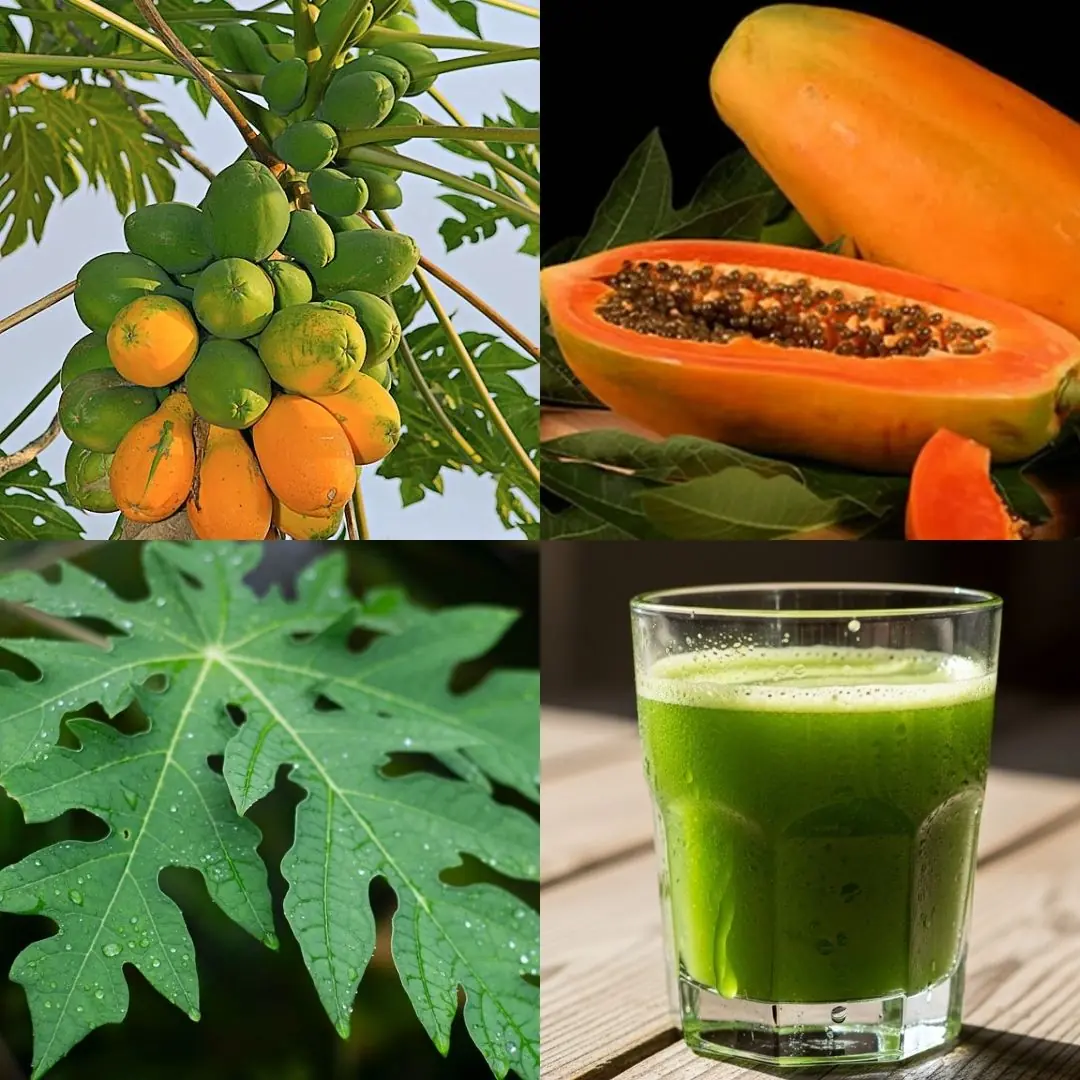
🌿 The Hidden Power of Papaya Leaves: Nature’s Unseen Healer

Clove, Honey, and Cinnamon Blend: A Simple Daily Remedy for Wellness
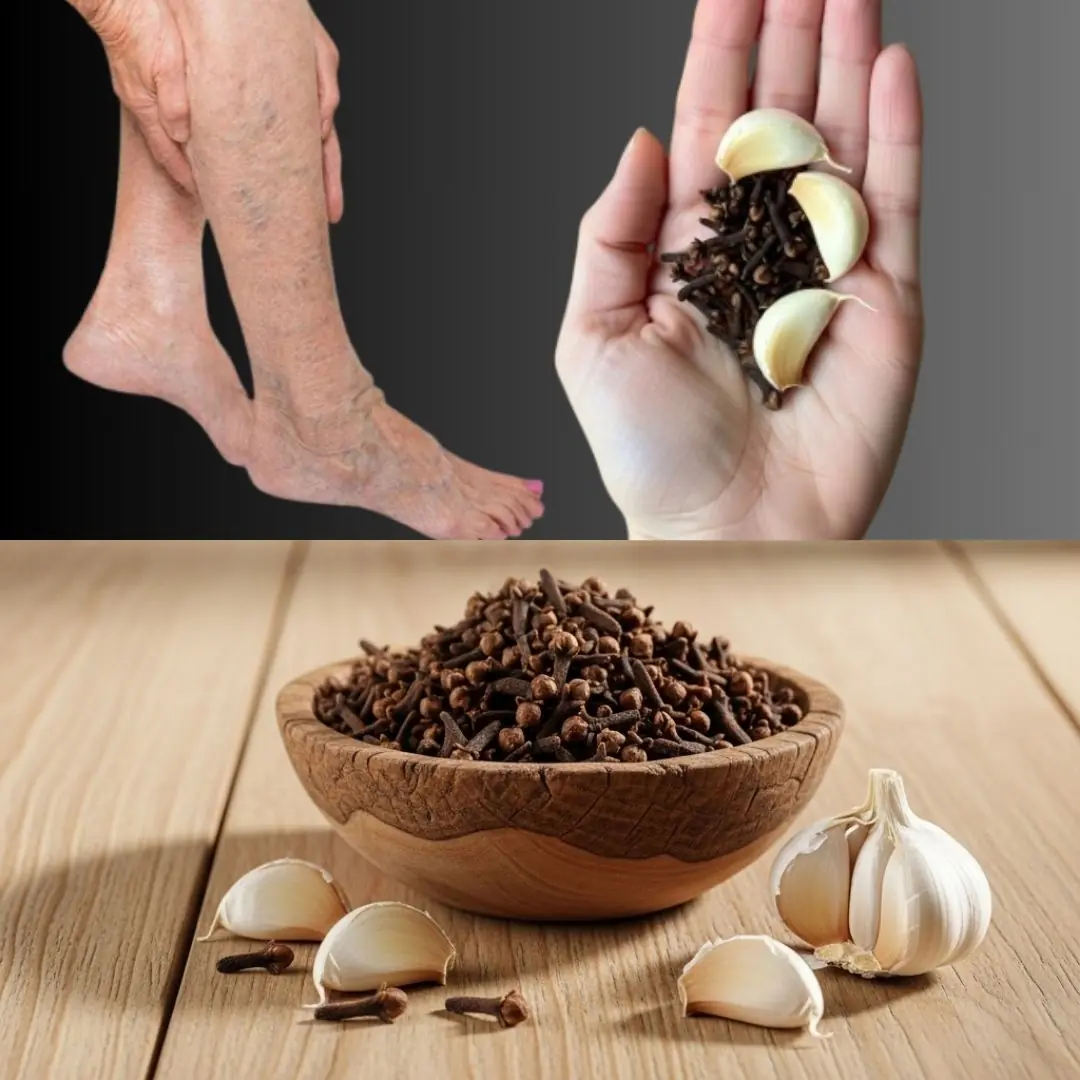
Leg Pain, Rheumatism, Varicose Veins, and Arthritis? Try This Simple Garlic & Olive Oil Remedy!

12 Incredible Health Benefits of Phyllanthus Niruri – Don’t Throw It Away!
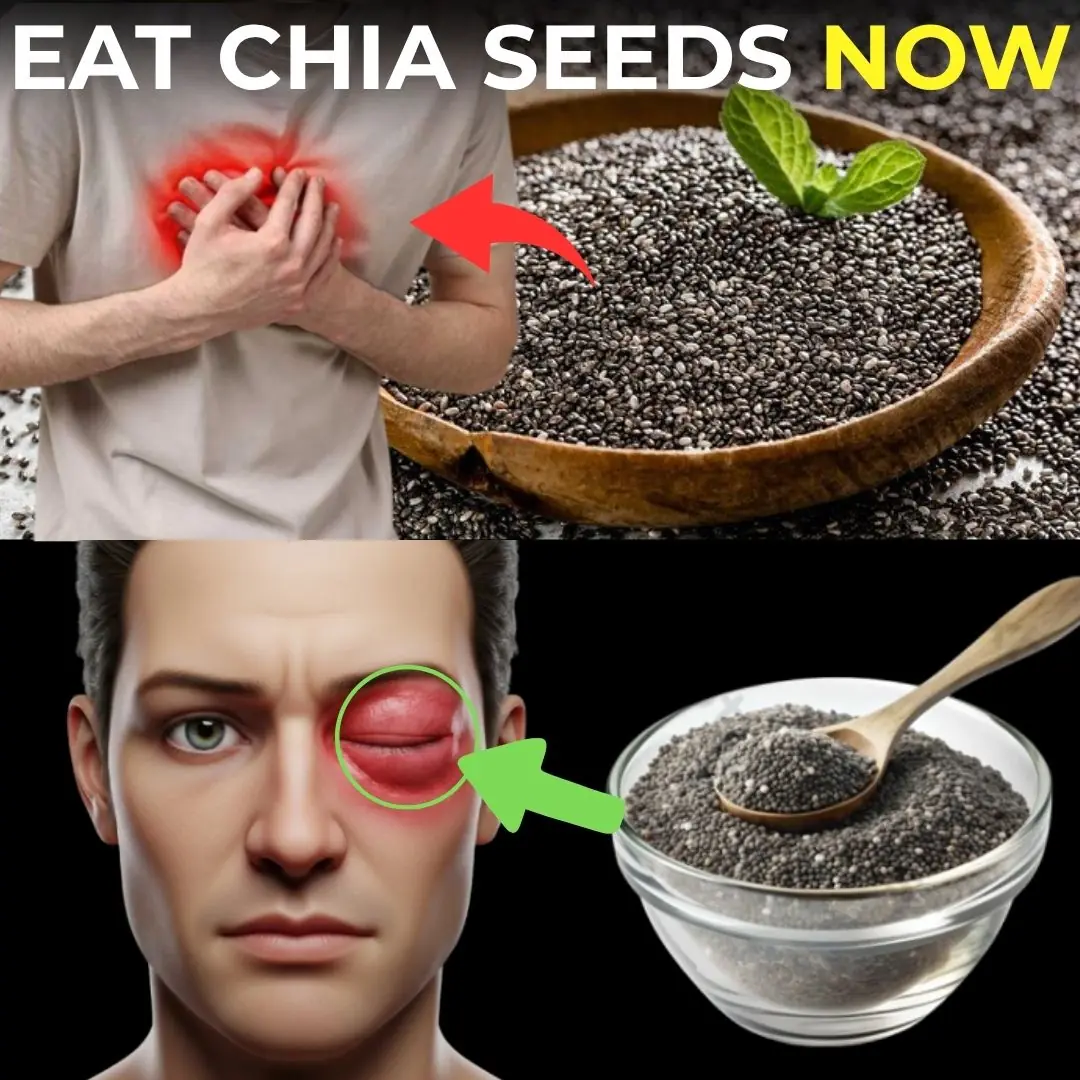
Eat Chia Seeds at Night for 1 Week & See What Happens to You! 🌙✨
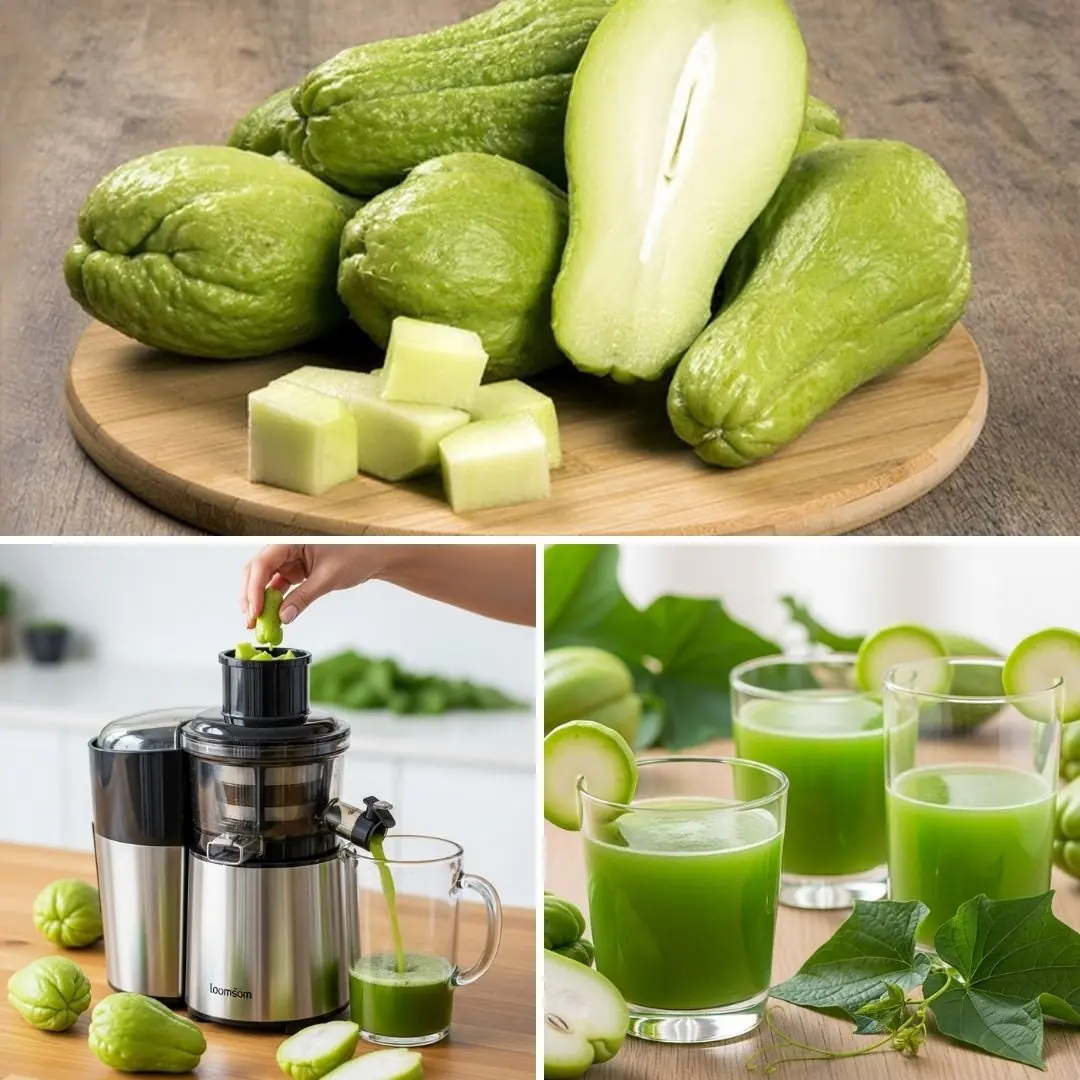
16 Benefits of Chayote Juice: Say Goodbye to Pills and Hello to Natural Healing

Mullein: The Powerful Plant That Soothes Your Lungs, Joints & Muscles Naturally

9 Easy Ways to Strengthen Your Knees: Support Joint Health Naturally

5 Drinks Cancer Cells Love – Are You Feeding the Enemy?
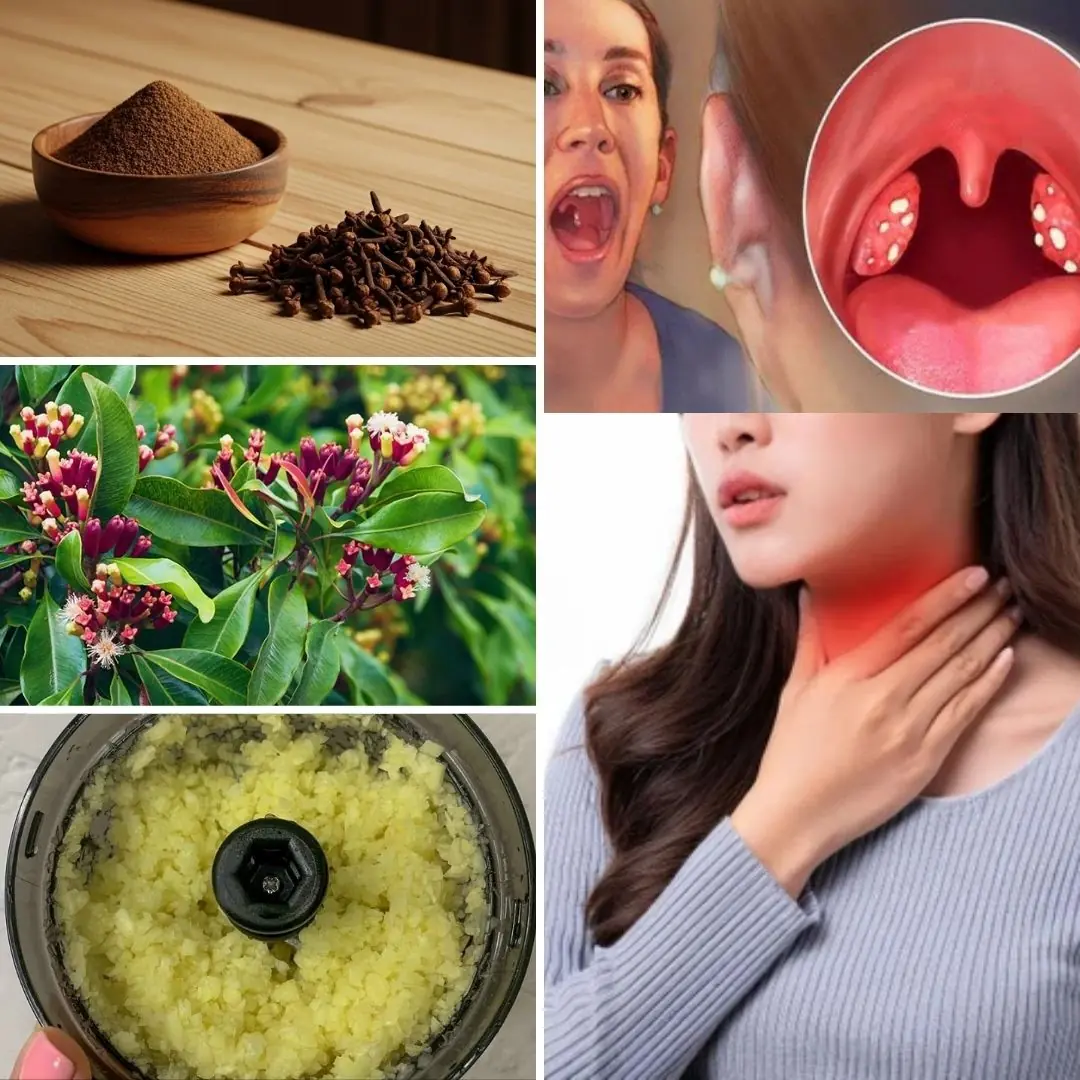
Soothe Your Throat Naturally: Home Remedies with Cloves
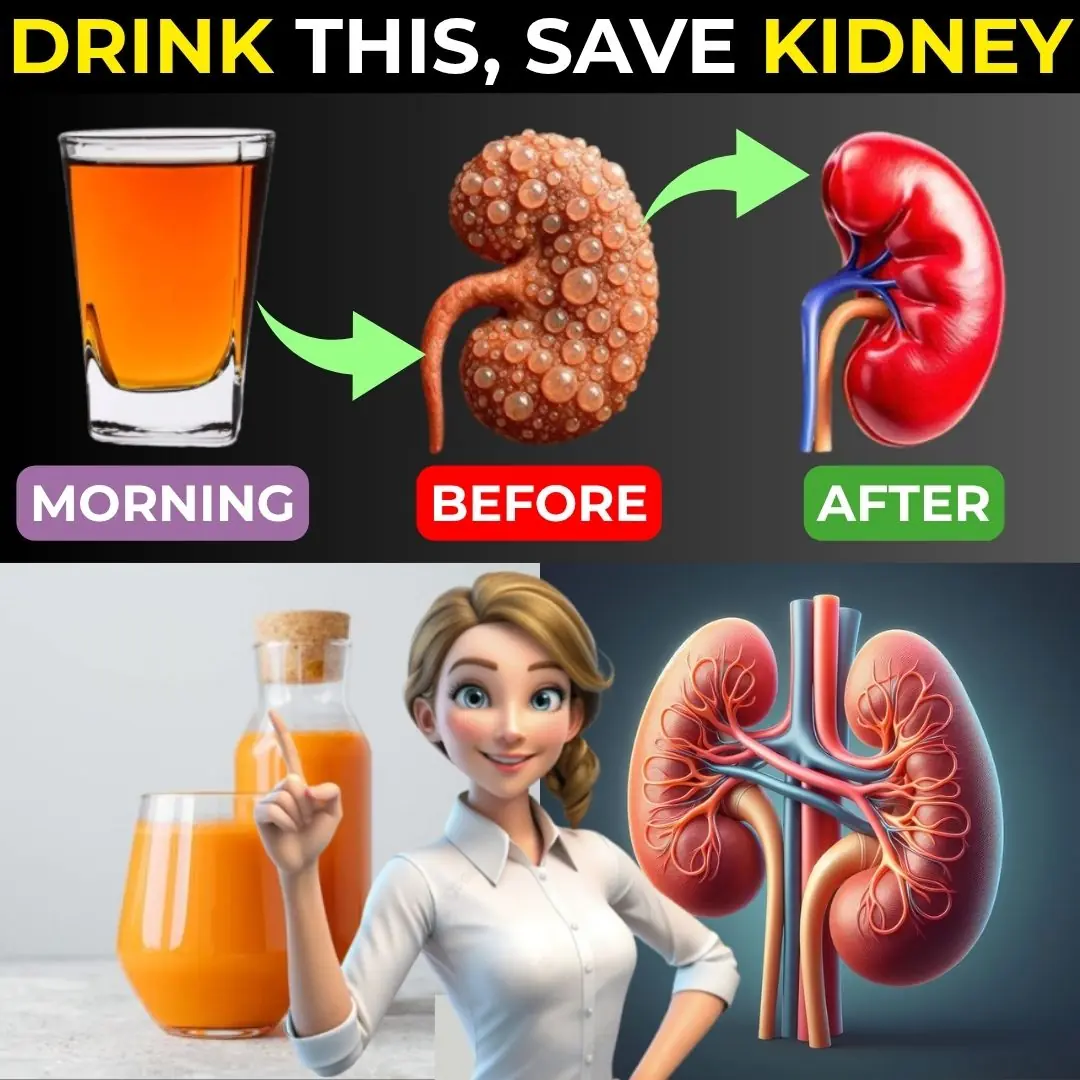
Kickstart Your Day with These 6 Kidney-Friendly Habits for Lifelong Health

The Hidden Dangers of Datura Stramonium: A Beautiful Yet Lethal Plant

Euphorbia Hirta: Nature’s Hidden Gem for Wellness

Can Garlic Support Healthier Veins Naturally?

Can Chia Seeds Support a Healthier Waistline Naturally?

Natural Oral Care for Seniors: How Ginger and Lemon May Support a Brighter Smile Over Time

Coffee with Ginger: A Tasty Wellness Drink Hiding in Your Kitchen
News Post

Mom’s Natural Remedy with Lemon: A Modern Cure-All for Pain and Inflammation 🍋🌿

Unlock the Secret Elixir: Why Ginger, Cloves, and Lipton Tea Could Transform Your Health

🌿 The Hidden Power of Papaya Leaves: Nature’s Unseen Healer

Clove, Honey, and Cinnamon Blend: A Simple Daily Remedy for Wellness

Leg Pain, Rheumatism, Varicose Veins, and Arthritis? Try This Simple Garlic & Olive Oil Remedy!

12 Incredible Health Benefits of Phyllanthus Niruri – Don’t Throw It Away!

4 Types of Cancer with Over 90% Cure Rate: Everyone Should Watch for the Early Signs

If Cancer Is Developing in the Body, These 3 Nighttime Signs Often Appear — But Many People Ignore Them
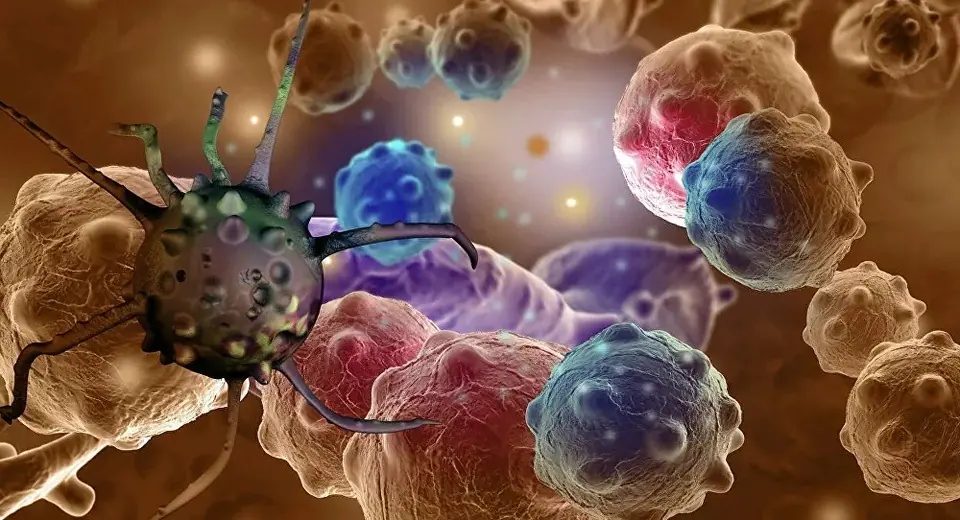
5 Early Symptoms of Stomach Cancer That Help with Early Detection

Prostate Cancer: Warning Signs and Symptoms Men Shouldn't Ignore

8 Warning Signs Your Tongue May Be Sending About Your Health

Boost Your Iron: Essential Signs to Watch For & Effective Strategies

Scientists Explain How Sleeping on Your Left Side Affects Your Health

Scientists Explore Shocking Idea That Plants And Atoms Could Be Aware

Proven Health Benefits of Eating Eggs: More Than Just Breakfast Food

Eat Chia Seeds at Night for 1 Week & See What Happens to You! 🌙✨
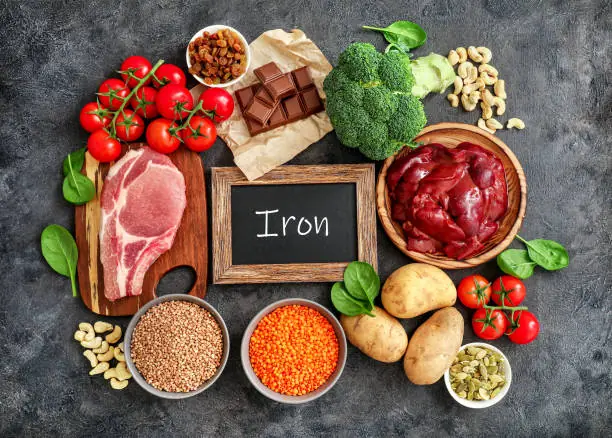
Top Signs of Iron Deficiency & Science-Backed Ways to Boost Your Iron Levels

16 Benefits of Chayote Juice: Say Goodbye to Pills and Hello to Natural Healing

Mullein: The Powerful Plant That Soothes Your Lungs, Joints & Muscles Naturally
